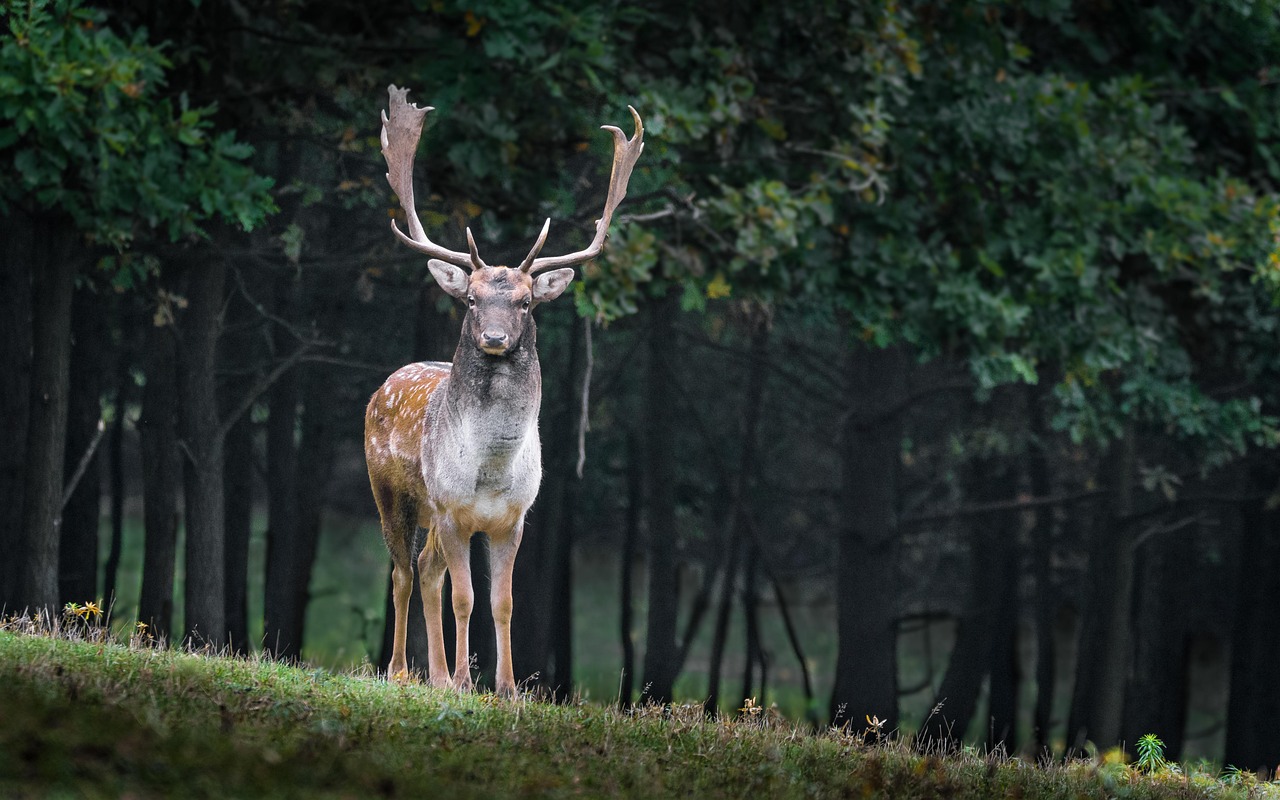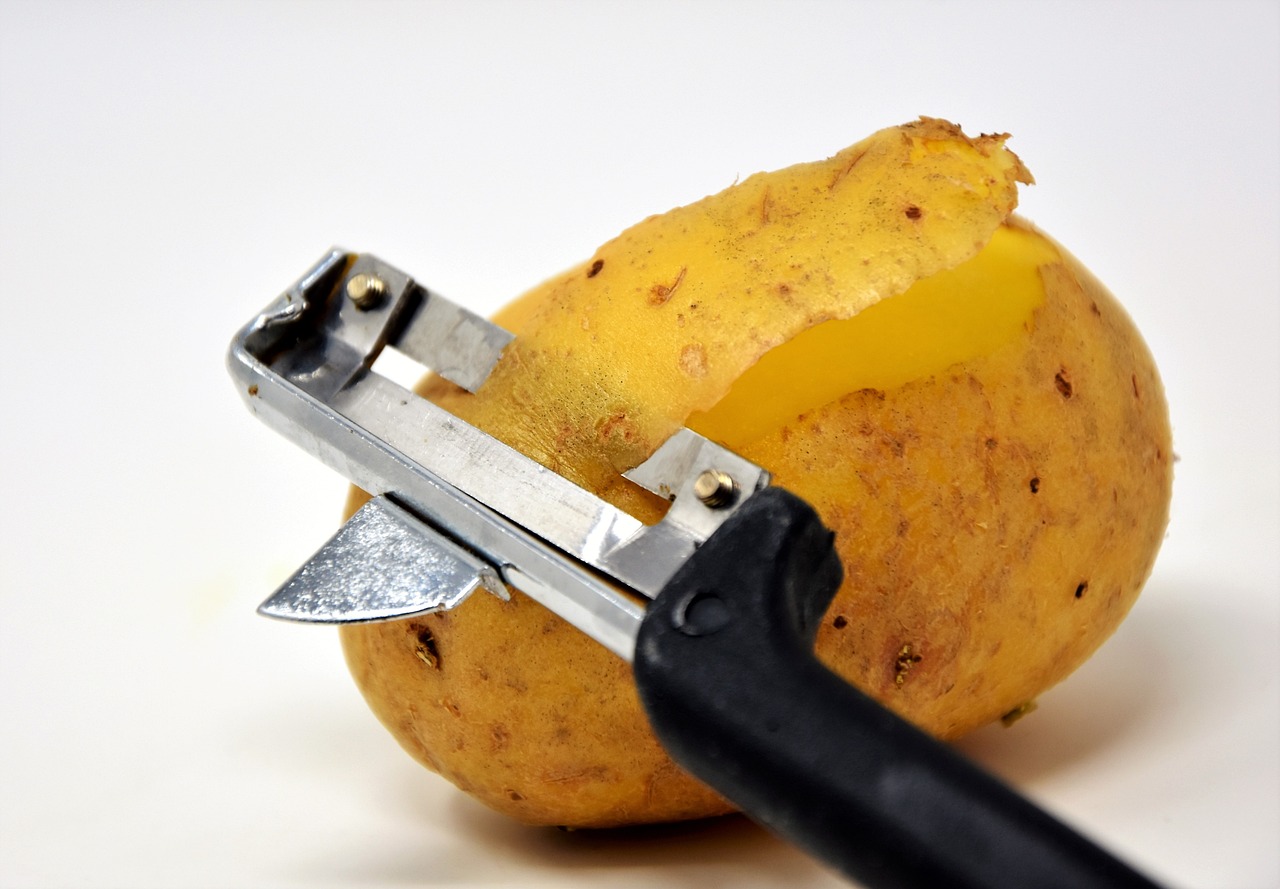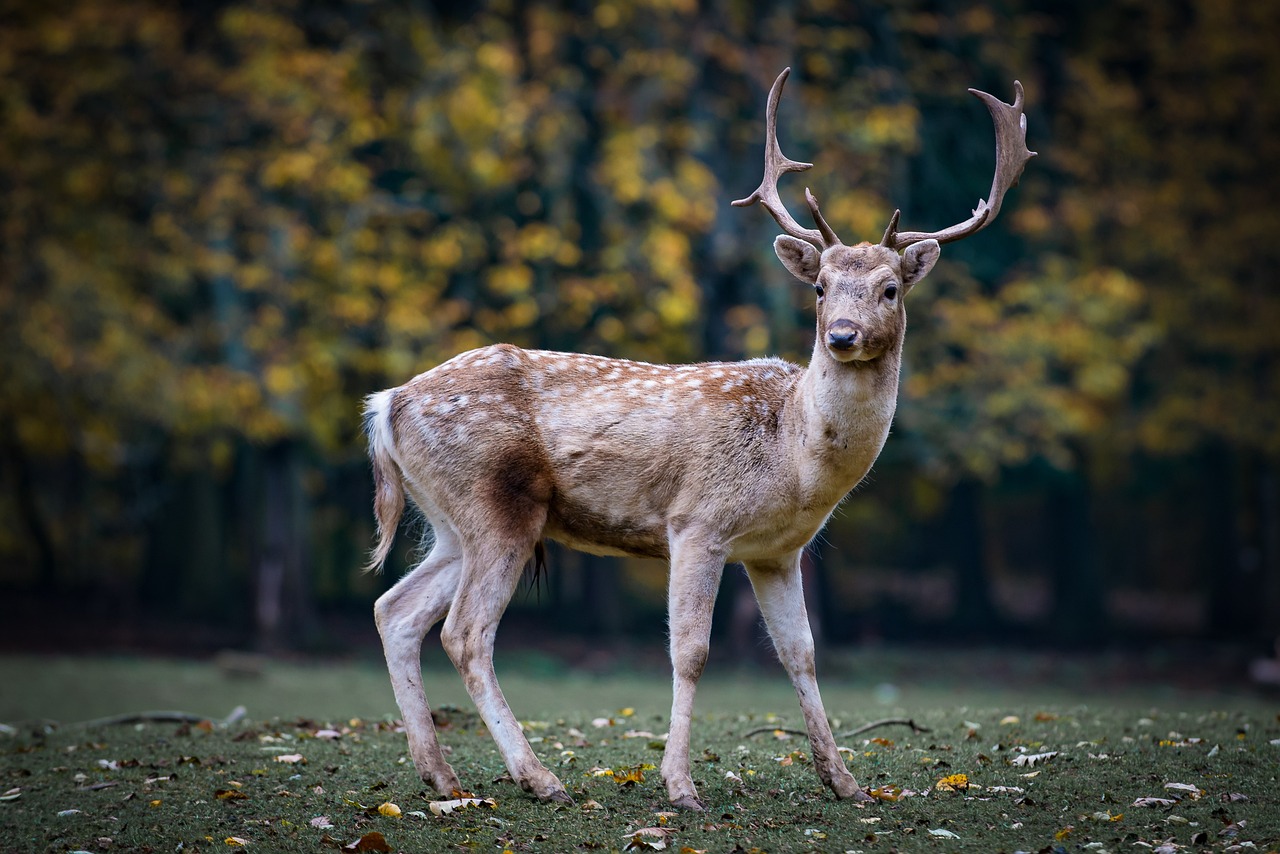Overview of a Deer's Diet

When considering the question "Do deer eat sweet potatoes?", it's important to understand the dietary habits of these animals. Deer are herbivores with a diverse diet primarily consisting of plants, leaves, fruits, and nuts. Their feeding habits vary depending on the season and availability of food. During the spring and summer months, deer often graze on grasses, herbs, and tender shoots while transitioning to a diet of acorns, berries, and nuts in the fall and winter. In times of scarcity, deer may also consume agricultural crops and garden plants, leading to potential conflicts with humans.
Many people wonder whether sweet potatoes are a part of a deer's diet. While sweet potatoes are not typically a preferred food source for deer, they may consume them if other options are scarce. Deer have been known to eat a variety of plant materials, including vegetables like sweet potatoes, especially in areas where their natural forage is limited. However, it's important to note that deer are selective feeders and will usually opt for more palatable and nutritious food sources when available.
It's crucial for gardeners and farmers to take proactive measures to protect their sweet potato crops from deer damage. Implementing deer-resistant fencing and utilizing deterrents like repellents or scare devices can help prevent deer from accessing and consuming valuable plants. Understanding the dietary preferences and feeding patterns of deer can aid in developing effective strategies to coexist with these animals while safeguarding crops and gardens from potential harm.
Are Sweet Potatoes Safe for Deer?

When considering whether sweet potatoes are safe for deer to consume, it's important to understand the dietary habits of these animals. Deer are primarily herbivores, feeding on a variety of vegetation including plants, leaves, fruits, and even nuts. While sweet potatoes are not a typical part of their diet in the wild, deer may still be attracted to them in certain circumstances.
It's essential to note that sweet potatoes are generally safe for deer to eat in moderation. They can provide a source of carbohydrates and nutrients for the animals, especially during the colder months when food sources may be scarce. However, it's crucial to consider the potential risks of feeding deer sweet potatoes, such as attracting them to human-populated areas where they can cause damage to crops or gardens.
How to Prevent Deer Damage to Sweet Potato Crops


- Implementing Physical Barriers: One effective method to prevent deer damage to sweet potato crops is by installing physical barriers such as fences or netting around the planting area. Ensure the barriers are tall enough and sturdy to deter deer from accessing the crops.
- Using Deer Repellents: Utilizing deer repellents can also be a practical strategy to protect sweet potatoes. Apply commercially available deer repellent products or natural solutions like garlic or pepper sprays to discourage deer from feeding on the crops.
Other Plants Deer May Eat

Yes, deer are known to have a diverse diet and may consume a variety of plants in addition to sweet potatoes. When it comes to foliage, deer have a preference for tender, young vegetation, making them potential threats to garden plants and crops. They are particularly drawn to leafy greens such as lettuce, kale, and spinach, which are common targets for deer browsing. Additionally, fruit-bearing plants like berries and apples are also attractive to deer, especially during the harvest season.
In terms of trees and shrubs, deer may feed on tender shoots and buds, causing damage to ornamental plants and landscape greenery. Species such as rose bushes, arborvitae, and fruit trees are often at risk of deer browsing. It is essential for property owners to be aware of the potential plants that deer find enticing and take measures to protect their gardens and landscapes from these hungry herbivores.
Tips for Keeping Deer Away from Your Garden


- Plant deer-resistant plants: Choose plants that deer tend to avoid, such as lavender, marigolds, or daffodils, to help deter them from entering your garden.
- Use deer repellents: Consider using commercial deer repellents or homemade solutions like garlic or onion sprays to create a scent barrier that deer find unappealing.
- Install physical barriers: Erect fencing or netting around your garden to physically prevent deer from accessing your plants. Make sure the barriers are tall enough to discourage deer from jumping over them.
Deer can be persistent pests in gardens, especially if they discover tasty treats like sweet potatoes. To keep deer away from your garden, it's essential to employ various strategies that make your space less appealing to these animals. One effective method is to plant deer-resistant species that are unappealing to deer, such as those with strong scents or prickly textures. Additionally, using deer repellents can help create a barrier that deters deer from entering your garden.
If natural deterrents are not enough, consider installing physical barriers like fencing or netting to protect your plants. Ensure that any barriers are properly installed and tall enough to prevent deer from easily accessing your garden. By implementing these tips and being proactive in your approach, you can help safeguard your garden from deer damage.
Conclusion: Understanding Deer Feeding Habits

When it comes to understanding deer feeding habits, it is important to recognize that these animals are opportunistic herbivores that will consume a wide variety of plant matter depending on their nutritional needs and environmental factors. While deer are known to primarily graze on natural vegetation such as grasses, leaves, and fruits, they may also be curious and willing to try non-native plants like sweet potatoes if given the chance.
Deer can be attracted to sweet potatoes due to their high sugar content and palatable nature, making them a potential target for deer browsing. However, it's essential to note that sweet potatoes are not a typical part of a deer's natural diet, and their consumption of these crops can pose risks to both the plants and the animals themselves.
Understanding the feeding habits of deer can help landowners and gardeners take proactive measures to protect their crops and landscapes from potential deer damage. By implementing strategies such as fencing, repellents, and creating unappealing environments for deer browsing, individuals can effectively manage deer populations and minimize conflicts between wildlife and human activities.

